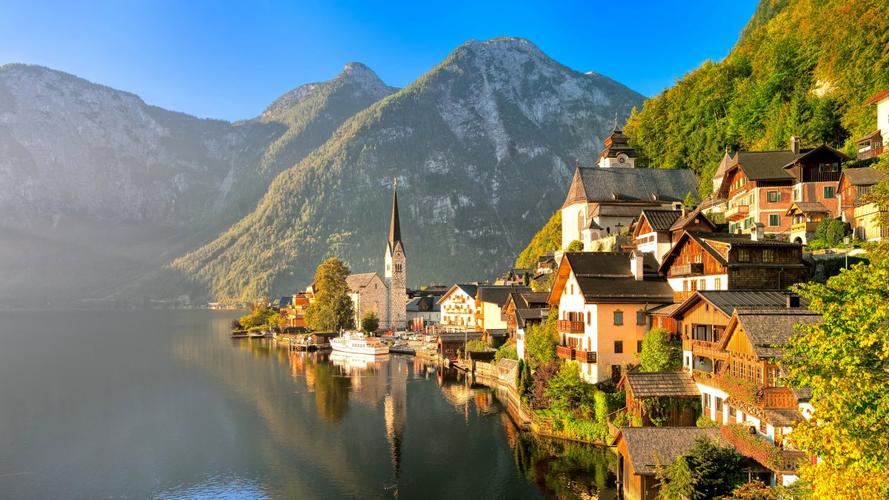Uncovering the Mysteries and Richness of Asian Cultural Landmarks
When one thinks of Asia, images of ancient temples, grand palaces, and bustling cityscapes often come to mind. These iconic landmarks not only serve as a testament to Asia’s rich and diverse cultural history but also provide a window into the many mysteries and unique cultural practices of the continent. In this article, we will explore some of the most unforgettable Asian cultural landmarks and discover their fascinating origins.
The Great Wall of China
Stretching over 13,000 miles, the Great Wall of China is one of the most recognizable cultural landmarks in the world, and for a good reason. Built over 2,000 years ago during the Ming Dynasty, this vast wall served as a strategic fortification to protect China from Mongol invaders. The wall spans across rugged mountains, deserts, and plains, and it is a testament to the ancient Chinese architects’ ingenuity and determination.
Angkor Wat
Located in Cambodia, Angkor Wat is a temple complex that travelers must see. This architectural wonder was built between the 9th and 15th centuries when the Khmer Empire was at its peak. It is an elaborate system of temples, moats, and intricate carvings that serve as a glimpse of Cambodia’s colorful past. Visitors to Angkor Wat have a chance to learn about Khmer culture’s rich and religious history and the temple’s fantastical mythological stories.
Taj Mahal
One of the grandest architectural wonders on this list is the Taj Mahal, located in Agra, India. This beautiful mausoleum was commissioned by Emperor Shah Jahan in honor of his wife Mumtaz Mahal, who passed away in childbirth. The Taj Mahal achieves architectural perfection, which visitors regard as a symbol of love, bringing together Persian, Islamic, and Indian architectural styles.
Borobudur
Borobudur is an incredible temple complex located in central Java, Indonesia, that is one of the largest Buddhist temples in the world. This temple was built between the 8th and 9th centuries during the Sailendra Dynasty’s reign and consists of nine stacked platforms, of which six are square and three round. The designers of Borobudur sought to depict Buddhist cosmology, with over 2,000 carved panels and 500 Buddha Statues.
The Forbidden City
The Forbidden City is a vast palace complex in Beijing, China, that served as the imperial palace for over 500 years. Built during the Ming Dynasty, this architectural marvel was off-limits to the public for centuries. From its elaborate gates to the intricate carvings and magnificent halls, the Forbidden City gives visitors an insight into China’s grandeur and extravagance.
Conclusion
Asian cultural landmarks are full of wonder, intrigue, and provide incredible insight into the continent’s unique history and cultural practices. Visitors to these iconic sites can learn about the architectural marvels and cultural practices that have emerged from Asia’s great civilizations. Whether it’s the majestic Great Wall of China, the elaborate temple complex of Angkor Wat, or the grandeur of the Forbidden City, each landmark holds secrets and cultural stories that continue to captivate and amaze visitors from all over the world.
(Note: Do you have knowledge or insights to share? Unlock new opportunities and expand your reach by joining our authors team. Click Registration to join us and share your expertise with our readers.)
Speech tips:
Please note that any statements involving politics will not be approved.
